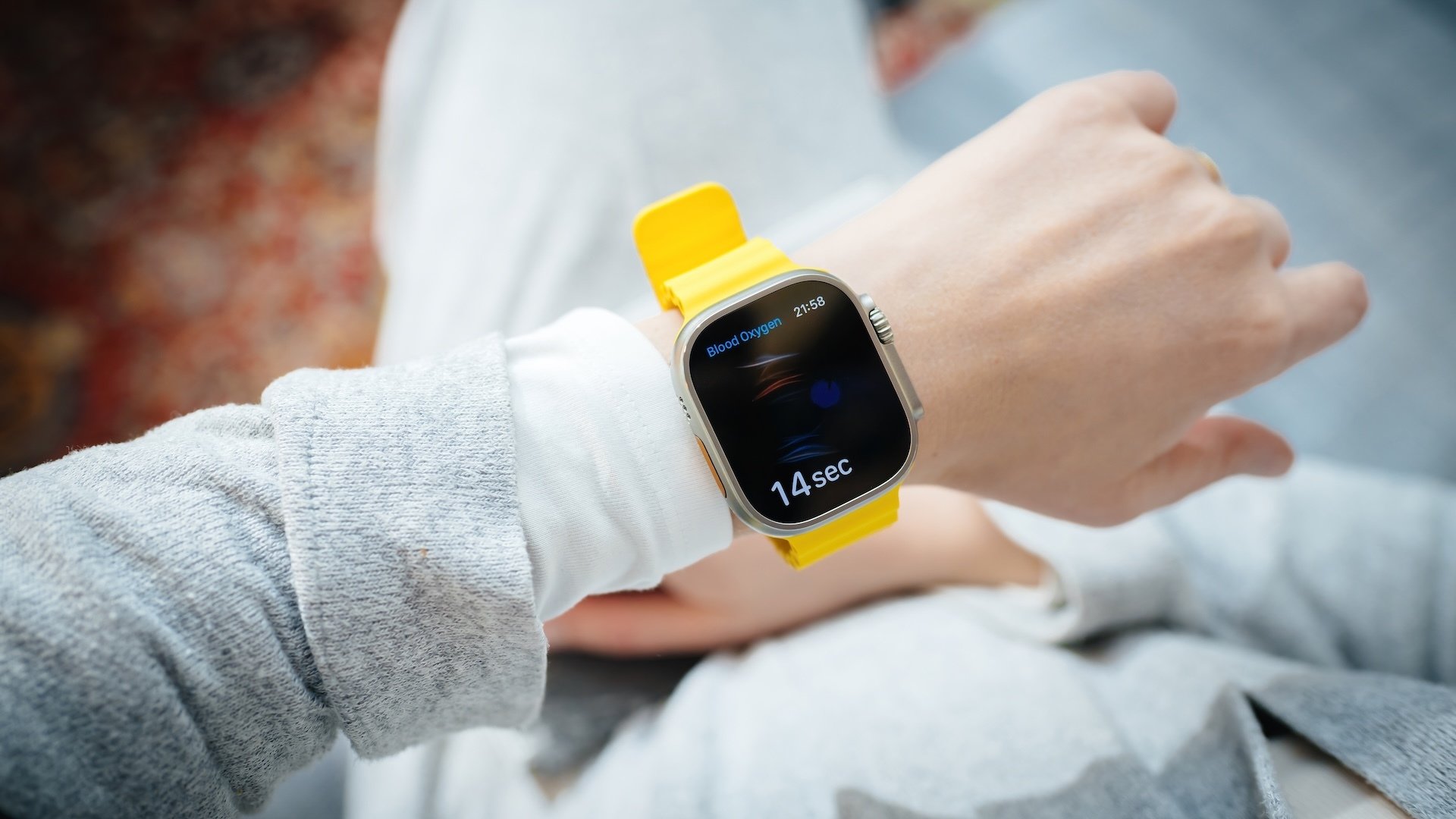Big news, Apple Watch fans: The blood oxygen monitor is back.
Apple made the announcement in a short press release on Thursday. The company says the feature is “redesigned,” and will roll out to Series 9, Series 10, and Apple Watch Ultra 2 users through a software update later today.
Apple initially rolled out the blood oxygen monitor with the Apple Watch Series 6, as a way for users to both passively and actively monitor their blood oxygen levels throughout the day. Shortly after, however, Masimo, a company that produces pulse oximeters, sued Apple in 2020 alleging patent infringement. Apple was briefly banned from selling the Apple Watch Series 9 and Ultra 2 in the United States in January 2024, and, as a result, removed blood oxygen capabilities from these watches via a software update. The company returned to selling these watches with the monitor turned off, and did the same with the Series 10 when it launched.
Apple says a recent U.S. Customs ruling enabled the company to turn the monitors back on. The company had counter-sued Masimo, claiming that the Masimo had infringed on Apple patents. A Delaware jury agreed in October 2024 that Masimo had indeed infringed two of these patents.
If you’re wondering why the blood oxygen monitor in your particular Apple Watch has worked for the past year and a half, there are likely a couple of explanations. First, the ruling only applied to Apple Watches sold in the U.S. If you bought your watch in another region, Apple didn’t have to turn off your device’s monitor. Second, only watches Apple actively made and sold in the U.S. after January 2024 needed to have the feature disabled. That means Apple Watch Series 6, Series 7, Series 8, and Ultra 1 have had operational monitors this entire time.
How to bring back blood oxygen monitoring on Apple Watch
In order to access the redesigned Blood Oxygen sensor, you will need to update your compatible watch to watchOS 11.6.1, and your iPhone to iOS 18.6.1. You can find updates for both in Settings > General > Software Update.
This tool can be helpful, but it isn’t necessarily medical-grade. As Lifehacker Senior Health Editor Beth Skwarecki explains, the metrics you receive aren’t all that enlightening without a doctor’s input—and that doctor would likely rely on their own equipment to analyze your health. In other words, it’s cool to have this capability, but if you’re not feeling well, you’ll likely need to see a medical professional regardless.
